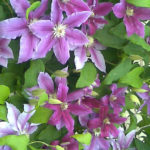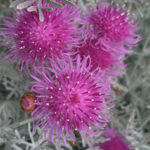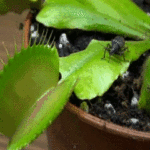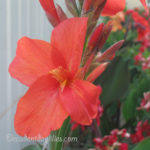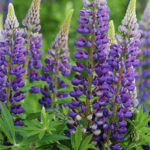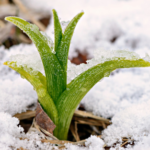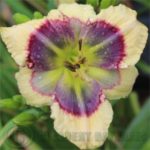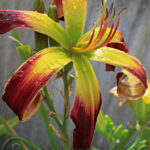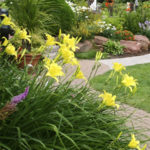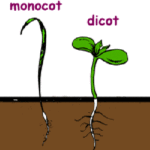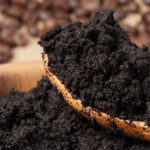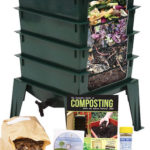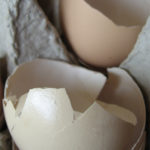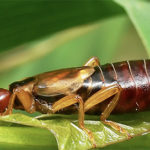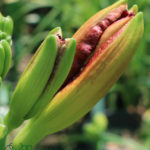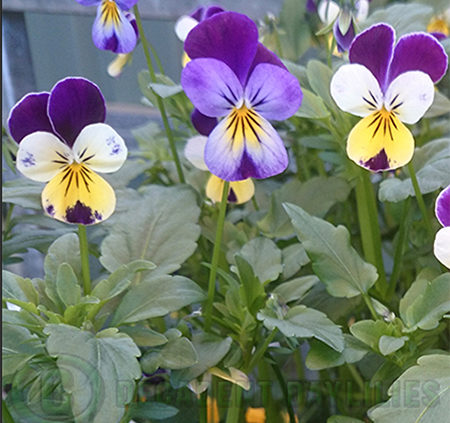
Johnny Jump Up Heartsease Care
Johnny Jump Up How To Grow In Your Gardens?
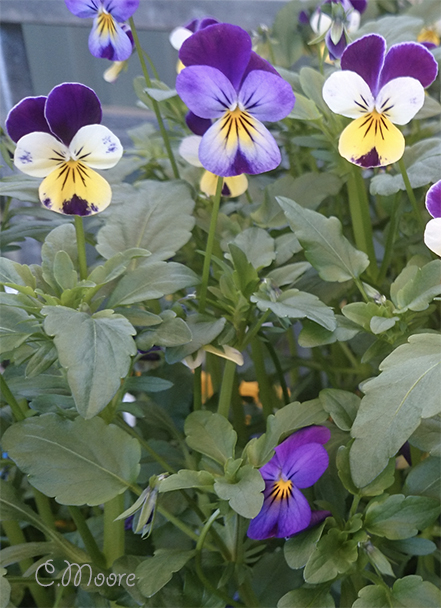 Johnny Jump Up or Viola Tricolor (botanical name) belongs to Viola genus and the V.tricolor species. They are part of the Violaceae family and are grown as short lived or annual perennials. The V.tricolor plants are native of Spain and are very easy to grow in gardens. The small plants come with fragrant and dainty booms and they start to bloom mid October, the spring season in Australia. These plants have a creeping habit and reach about 15 cm in height. The flowers are a miniature size version of the pansies but produce a lot more flowers. The plants reach about 1.5 cm in diameter and are seen in purple, yellow, blue and white colours that blend together on the same flower face with whisker markings. The Johnny Jump up plants are pollinated by the bees and has a history of being used as a medicinal plant to treat respiratory issues. They are great plants to be grown on windowsills and in pots or containers in courtyards. I love to grow them, they save you money and provide free flowers from seed for a whole lot of years.
Johnny Jump Up or Viola Tricolor (botanical name) belongs to Viola genus and the V.tricolor species. They are part of the Violaceae family and are grown as short lived or annual perennials. The V.tricolor plants are native of Spain and are very easy to grow in gardens. The small plants come with fragrant and dainty booms and they start to bloom mid October, the spring season in Australia. These plants have a creeping habit and reach about 15 cm in height. The flowers are a miniature size version of the pansies but produce a lot more flowers. The plants reach about 1.5 cm in diameter and are seen in purple, yellow, blue and white colours that blend together on the same flower face with whisker markings. The Johnny Jump up plants are pollinated by the bees and has a history of being used as a medicinal plant to treat respiratory issues. They are great plants to be grown on windowsills and in pots or containers in courtyards. I love to grow them, they save you money and provide free flowers from seed for a whole lot of years.
Growing Johnny Jump Up Flowers
Johnny Jump up can be grown from its seeds directly in your flower garden or you can also grow them indoors from seeds for transplanting later. If you sow the seeds in your garden soil earlier, say summer and autumn, most of the seeds will lay dormant until August in Australia. In august when it is still cold and frosty they will germinate to be able to flower in time with the bearded iris in the spring time. If you are looking to germinate seeds indoors, then start seedings around the same time, it is not necessary to start them inside.
These seeds need the cold to germinate and the plants are as tough as old boots. Johnny Jump Ups are designed to germinate in the cold frosty winter weather. Once the seeds are planted they need to be covered with 1/8th to an inch of soil and must be watered well. The seeds will take at least 14 to 21 days to germinate. The plant needs the seeds planted in a soil that is well drained and rich in organic matter. Where to plant? – choose carefully they thrive in full or partial sun and do not economically grow in parts of the garden that experience vastly shaded areas. The young plants and the seeds need to be watered regularly if the spring rains doesn’t support them. The soil around the seeds and young plants must always be kept moist, they love to drink lots of water, heavy spring rain does not bother them. The plant blooms from early spring but is usually sadly ruined by the time the hot summer takes place.
Caring the Johnny Jump Ups
Caring for these flowers is so easy, as they are hardy and simple, basic flowers to grow. You should keep the Johnny Jump Up flowers watered, it doesn’t matter, so don’t be alarmed if the soil gets too soggy for short periods. The dead flowers and the dead stem must be cut or pinched off in order to encourage better flower and bushy growth. Once the flowering season is over, you should dig up the garden bed and pull out and remove the dead greenery and don’t forget to collect the seeds for next years plantings. They also have the tendency to self seed and where the seeds have fallen you will find new plants will come up and grow in the same flower bed each and every year.
Is Johnny Jump Up edible?
The Johnny Jump Ups is a group of rare edible flowers. The blooms can be used to add taste to your salads and can be floated in your cocktails. The young leaves of the plant can be used once you have picked them from the garden and washed them. You are able to use these beautiful flowers raw, for garnishing salads, rice dishes or any type of foods that you might crave. They look especially nice and sure add a touch of class in a salad mix or just for decoration. The young leaves of the plant can be used to thicken soups.
Johnny Jump Up Heartsease or viola, wild pansy are edible flowers and a perfect garnish to add that finishing touch to the top of your cooking recipes.


